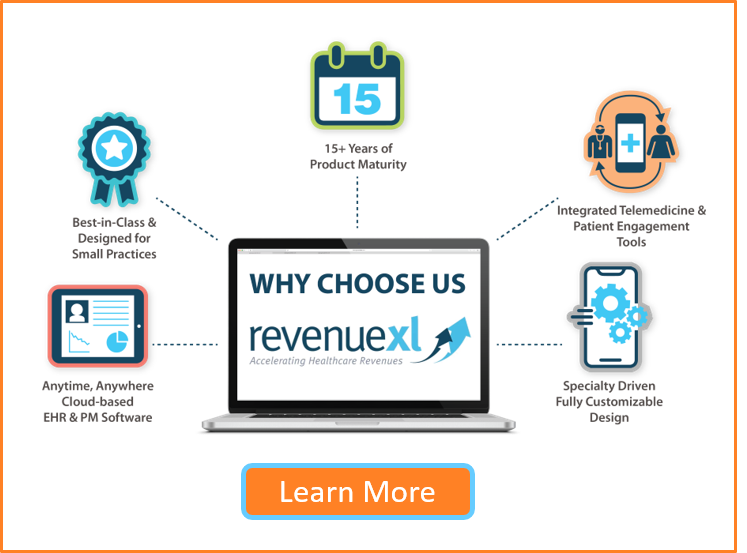In an era where data breaches and cyberattacks have become alarmingly common, securing sensitive healthcare data is more critical than ever. For healthcare providers relying on cloud-based EHR software, end-to-end encryption (E2EE) stands as a vital security measure to protect patient information. But what is end-to-end encryption, and how does it function within the context of cloud-based EHR systems? Let’s dive in.
What is End-to-End Encryption (E2EE)?
End-to-end encryption (E2EE) is a security protocol designed to ensure that data is encrypted on the sender's end and only decrypted on the intended recipient's end. In the context of cloud-based EHR systems, this means that patient data—medical records, lab results, imaging files, prescriptions, and more—is encrypted before it leaves the sender's device and can only be decrypted by an authorized recipient.
Even if cybercriminals intercept the data during transit or if unauthorized users gain access to the cloud storage, they cannot decipher the encrypted information without the decryption keys.
How Does End-to-End Encryption Work in Cloud-Based EHR Software?
-
Data Encryption at Source:
When a healthcare provider enters patient data into the EHR system, the information is encrypted immediately at the source. Advanced encryption algorithms such as AES-256 (Advanced Encryption Standard) are commonly used to ensure robust security. -
Data Transmission Over Secure Channels:
The encrypted data is then transmitted through secure channels (e.g., HTTPS/TLS protocols) to the cloud servers. During this stage, even if malicious actors attempt to intercept the data, they only see indecipherable code. -
Storage in the Cloud:
Once in the cloud, the data remains encrypted. Cloud storage providers often implement additional layers of encryption to reinforce data security. -
Decryption by Authorized Users Only:
Accessing the data requires an authorized user's private encryption key. Only those with the right credentials and keys can decrypt and view the data. -
Key Management:
Encryption keys are managed securely, often using Hardware Security Modules (HSMs) or other dedicated tools, ensuring they are not exposed during storage or transfer.
Why is End-to-End Encryption Critical for Cloud-Based EHR Systems?
-
Compliance with Regulations:
E2EE helps healthcare organizations comply with industry standards like HIPAA (Health Insurance Portability and Accountability Act), which mandates strict data privacy and security rules. -
Prevention of Data Breaches:
Even if a data breach occurs, E2EE ensures that attackers cannot make sense of the stolen data without decryption keys. -
Patient Trust:
Patients are more likely to trust healthcare providers who can guarantee the confidentiality and security of their personal health information. -
Protection Against Insider Threats:
E2EE ensures that even cloud service providers cannot access the data stored on their servers without the encryption keys, minimizing risks from insider threats.
Challenges in Implementing End-to-End Encryption in EHR Software
While E2EE offers significant benefits, it also comes with challenges:
- Key Management Complexity: Proper storage and distribution of encryption keys are crucial to preventing accidental data loss.
- Performance Impact: Encrypting and decrypting large volumes of healthcare data can sometimes affect system performance.
- Access Control: Ensuring only authorized personnel can access decryption keys adds an extra layer of operational oversight.
Conclusion
End-to-end encryption is no longer optional but a necessity for cloud-based EHR software. It ensures healthcare providers can store, transmit, and manage patient data securely, aligning with legal requirements and fostering trust with patients. While challenges exist, robust implementation and key management strategies can help overcome these obstacles.
As the healthcare sector continues to rely on digital tools for patient care, embracing encryption technologies like E2EE is essential for safeguarding sensitive health information in an increasingly connected world.






